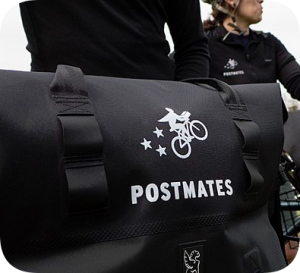 In 2017, the home goods company Brandless launched with a novel way to take on Amazon as well as other big-box retailers. The direct-to-consumer startup sold high-quality, organic versions of everything from toilet paper to beauty products in simple, no-frills packaging. Brandless claimed that this eliminated the so-called “BrandTax” levied by many companies, which could account for as much as 40 percent of the product’s actual cost. With little money spent on traditional marketing, Brandless initially charged just $3 for Continue reading
In 2017, the home goods company Brandless launched with a novel way to take on Amazon as well as other big-box retailers. The direct-to-consumer startup sold high-quality, organic versions of everything from toilet paper to beauty products in simple, no-frills packaging. Brandless claimed that this eliminated the so-called “BrandTax” levied by many companies, which could account for as much as 40 percent of the product’s actual cost. With little money spent on traditional marketing, Brandless initially charged just $3 for Continue reading








